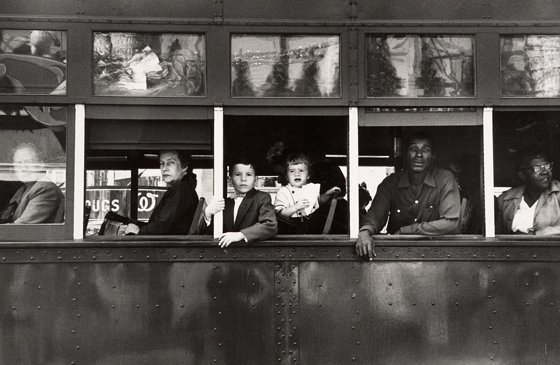Visiting the International Center for Photography last Monday for class was a truly inspirational and motivational experience for me!
It feels appropriate for me as I took Photography 1 last semester with the Visual Arts department at Columbia University. It is cool to contextualize the world of photography and understand the limited accessible spaces for dark rooms and film processing. I am excited to be able to use these facilities for our final project!
The presentation on photography was also interesting and reminded me of the ways in which we talked about art and photography in the art history classes I have taken. In fact, Bradley, with whom we will be working closely, concluded the presentation with works by Brooklyn- based artist, Lorna Simpson, an artist I have written about for the class, Feminism and Postmodernism in Art. Read More



